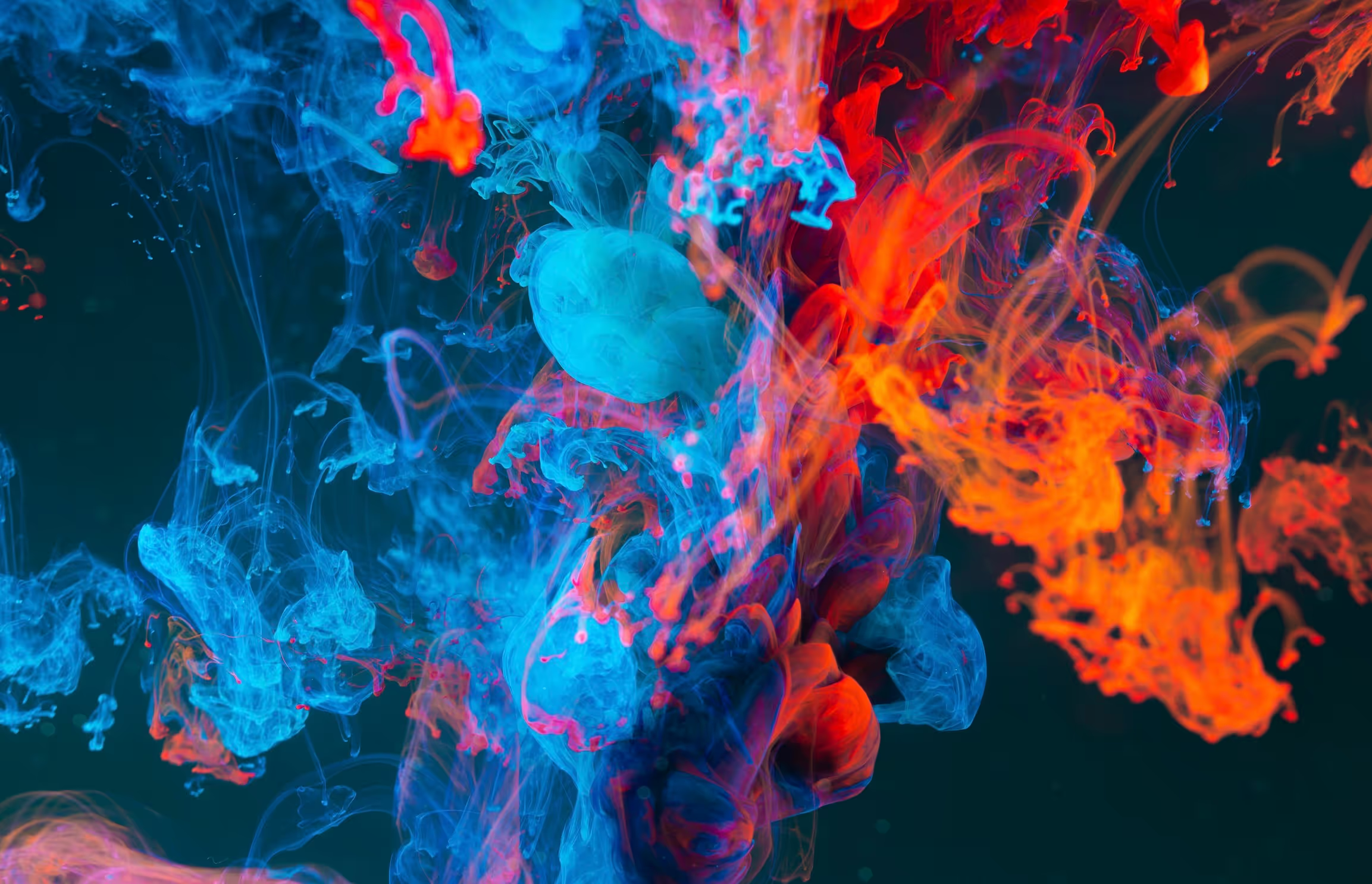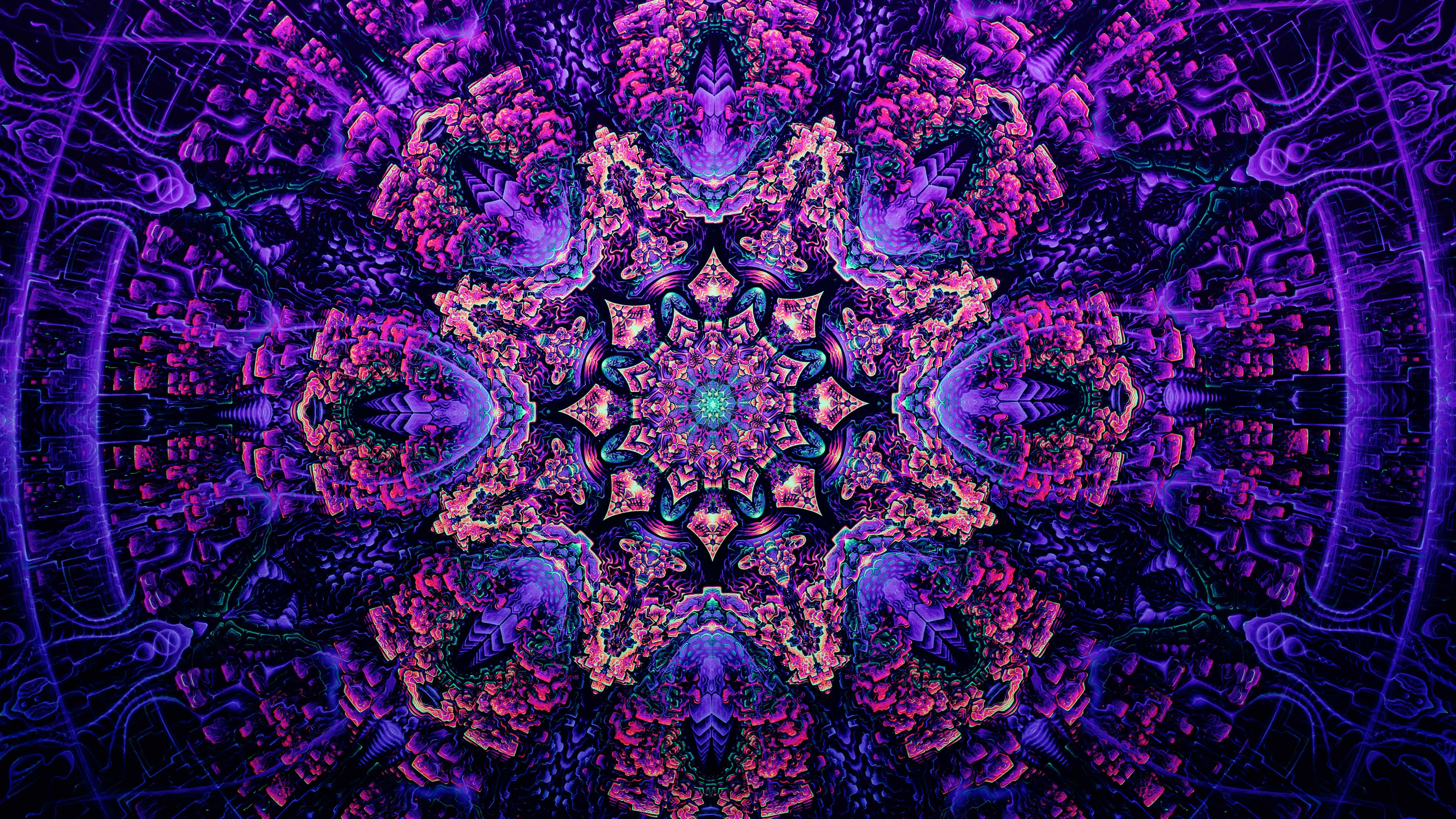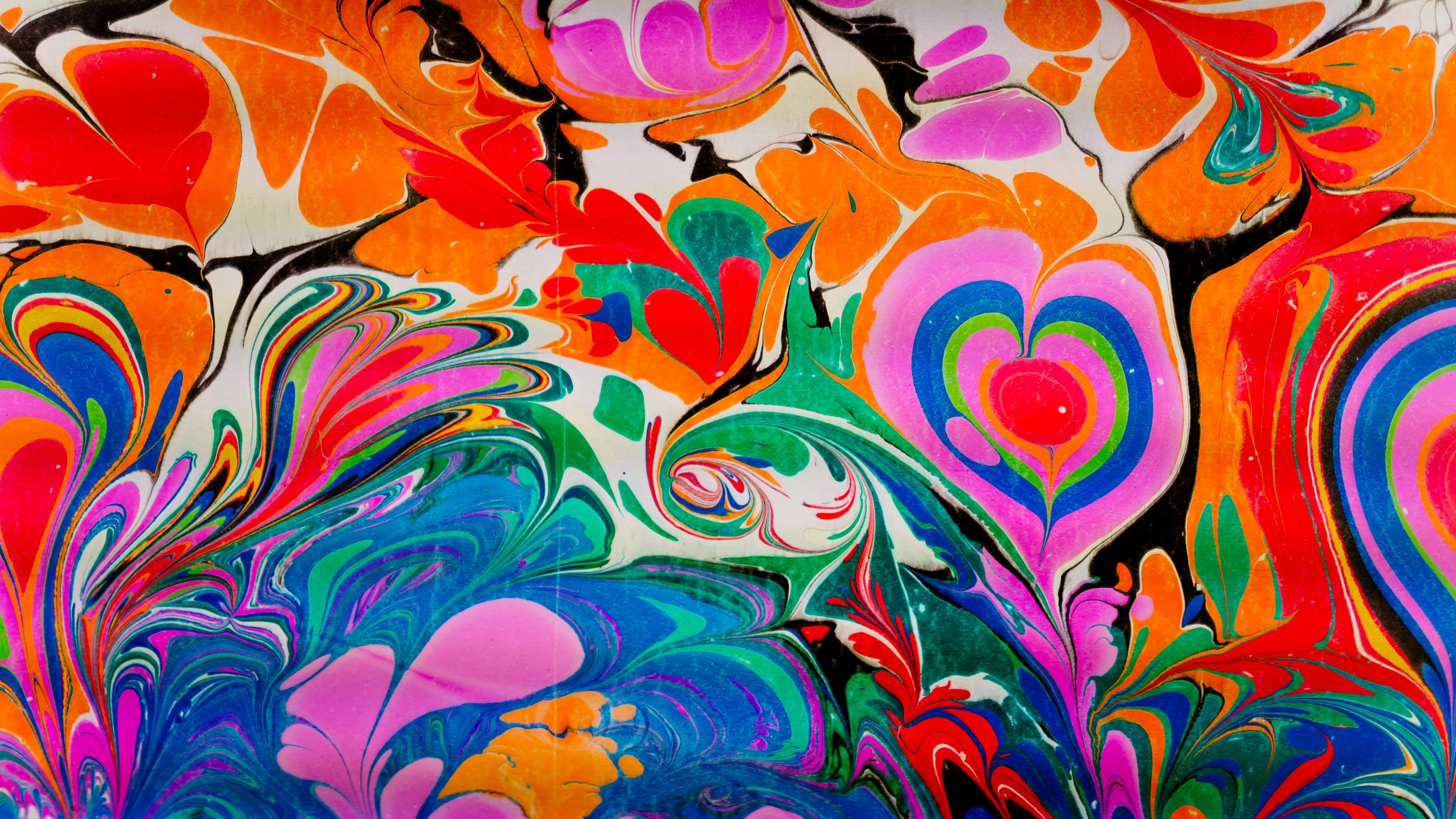What Patients Mean by “Seeing Color Again” After Ketamine
When patients describe their early experiences with ketamine therapy or esketamine (Spravato) treatment at Lumin Health, one metaphor rises again and again: “It felt like I was seeing color again for the first time.” This striking phrase has appeared in many clinical encounters, personal reflections, and even medical literature. But what does it mean? Why does depression so often feel like the world has gone gray, and why does ketamine/esketamine sometimes feel like turning the color back on?
Join us in an exploration of the neurobiology of perception, the lived experience of muted color in depression, and the symbolic weight of brightness in recovery.
The Neurobiology of Perception and Ketamine’s Impact on Perception
The human experience of color is not just about light waves hitting the eye — it is about how the brain processes those signals. In depression, research suggests that perception itself can be altered. People with major depressive disorder sometimes show diminished sensitivity to differences in hue and brightness, among other factors. Brain imaging studies have shown reduced activity in regions like the visual cortex and prefrontal cortex, areas that play roles not just in seeing, but in attending to and making meaning of sensory experience.
Ketamine’s effect on the glutamate system, among others, may explain why some patients notice a change so quickly. By modulating NMDA receptors and triggering a cascade that increases brain-derived neurotrophic factor (BDNF), ketamine therapy promotes neuroplasticity — the brain’s ability to make new connections. This may restore not only mood but also how signals are perceived and transmitted in the brain. For some, this means that observed colors appear more vibrant after a treatment session.
Depression, Muted Color, and “Turning up the Brightness” with Ketamine Therapy
Depression is often described as a state where the world feels flat, dim, or dulled. Patients sometimes report that life feels like watching a black-and-white movie — technically functional, but stripped of vitality. This metaphor aligns with both neuroscience and psychology:
- Physiological: Depression has been associated with reduced contrast sensitivity and impaired retinal processing. These changes may literally make colors seem less vivid.
- Psychological: Negative thought loops and emotional blunting can create the impression that nothing in the external world can register as meaningful. Brightness and variety feel muted, not because the outside world has changed, but because the brain’s interpretive filter has narrowed.
In this way, “muted color” is not just metaphorical. It may describe a real perceptual shift linked to brain changes in depression.
Symbolism of Brightness in Ketamine Treatment
When patients say ketamine helped them “see color again,” they are rarely speaking only about visual perception. The metaphor resonates more deeply. It speaks to the return of vibrancy, richness, and possibility:
- Emotional Resonance: Seeing color again symbolizes feeling emotions more vividly — joy, sadness, curiosity, hope. Where life once felt dulled due to depressive symptoms, there is now texture.
- Cognitive Flexibility: Just as colors bring nuance to vision, ketamine’s effect on neuroplasticity may bring nuance back to thought. Patients describe feeling less stuck, less monochrome in their thinking, more able to imagine alternatives.
- Existential Meaning: For some, brightness stands for aliveness itself. “Color” becomes shorthand for meaning, connection, and vitality.
In clinical practice, these metaphors often serve as shorthand for complex internal states. A patient may not have words to describe synaptic regrowth or receptor modulation, but they know what it means to step outside and suddenly see the leaves on the trees as green again.
Why This Matters for Patients and Clinicians at Lumin Health
The metaphor of color is powerful because it bridges the biological and the subjective. For patients, it validates that their experience is not only emotional but also sensory. For clinicians, it provides a language to talk about the subtle but profound shifts ketamine therapy may bring.
Importantly, not every patient will experience this kind of vivid perceptual change. Some may feel relief without dramatic sensory metaphors. Others may not respond at all. But for those who do, the language of color becomes a way of marking the return of possibility.
Reflection: The Return of Color as a Marker of Healing in Ketamine or Spravato Treatment
To say “I saw color again” is to say more than “the medicine worked.” It is to say that a door opened — that the world regained depth, complexity, and vitality. At Lumin Health, we hear this description not as a guarantee of what every patient will feel, but as a testament to what can happen when the brain is given the chance to heal.
For some, ketamine therapy brings literal vibrancy to vision. For others, it brings metaphorical brightness — a renewed sense of meaning, agency, and possibility. For another subset of the population, there is no impact on color perception at all. All of these observed realities are valid and remind us that healing is not always linear, but it can certainly be vivid.







